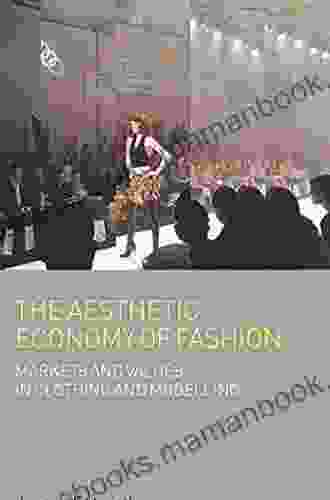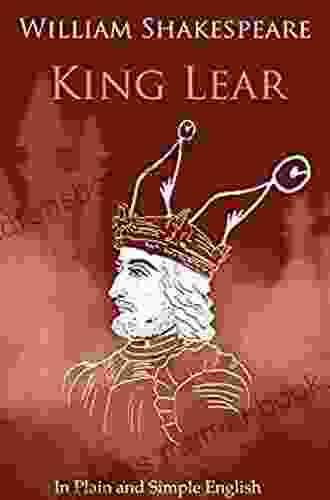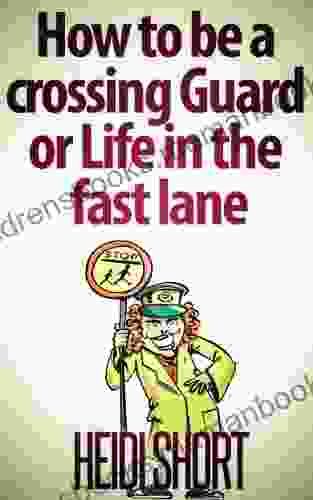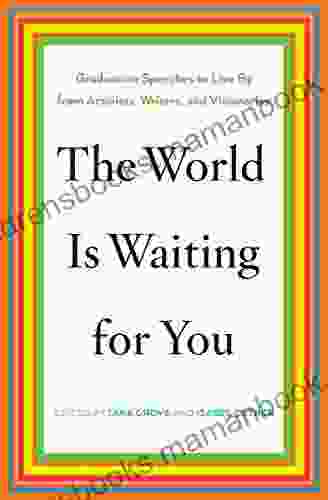The Aesthetic Economy of Fashion: How Fashion Shapes Our Values and Identity

Fashion is a powerful force in our society. It shapes our values, our identity, and our economy. The way we dress sends a message to the world about who we are and what we stand for. It can also influence our behavior and our self-esteem.
5 out of 5
| Language | : | English |
| File size | : | 1681 KB |
| Text-to-Speech | : | Enabled |
| Screen Reader | : | Supported |
| Enhanced typesetting | : | Enabled |
| Print length | : | 199 pages |
In this article, we will explore the aesthetic economy of fashion. We will look at how fashion has evolved over time, and how it has been influenced by social, economic, and cultural factors. We will also discuss the impact of fashion on our values and identity.
A Brief History of Fashion
The history of fashion can be traced back to the earliest civilizations. In ancient Egypt, for example, people wore clothing made from linen or cotton. The clothing was often decorated with beads or embroidery, and it was often tailored to fit the individual.
In the Middle Ages, fashion was heavily influenced by the church. Clothing was often modest and simple, and it was often used to indicate a person's social status. For example, the wealthy wore elaborate clothing made from fine fabrics, while the poor wore simple clothing made from rough materials.
During the Renaissance, fashion began to become more secular. People began to wear clothing that was more expressive and individualistic. This trend continued during the Baroque period, when clothing became even more elaborate and ornamental.
In the 18th century, the Enlightenment led to a new emphasis on reason and logic. This had a profound impact on fashion, which became more rational and structured. Clothing was often designed to be functional and comfortable, and it was often made from simple, natural materials.
In the 19th century, the Industrial Revolution led to a new era of mass production. This made it possible for people to buy clothes that were more affordable and stylish than ever before. As a result, fashion became more democratized, and it began to play a more important role in people's lives.
In the 20th century, fashion became even more globalized. The rise of international travel and communication made it possible for people to see and learn about new styles from all over the world. This led to a greater diversity of fashion, and it made it possible for people to express their individuality through their clothing.
The Aesthetic Economy of Fashion
The aesthetic economy of fashion is the study of how fashion shapes our values and identity. This field of study examines the ways in which fashion is used to create meaning, communicate messages, and express social and cultural values.
One of the most important aspects of the aesthetic economy of fashion is the way in which fashion is used to create meaning. Clothing can be used to signify a person's social status, their occupation, their religious beliefs, or their political affiliations. For example, a person who wears a uniform may be signaling that they are a member of a particular group or organization. A person who wears a religious symbol may be signaling their faith. A person who wears a political button may be signaling their support for a particular candidate or cause.
Clothing can also be used to communicate messages. For example, a person who wears a T-shirt with a slogan may be trying to send a message about their beliefs or values. A person who wears a particular type of clothing may be trying to attract attention or to convey a certain image.
Finally, clothing can be used to express social and cultural values. For example, in some cultures, it is considered to be disrespectful to wear certain types of clothing in public. In other cultures, it is considered to be important to dress in a way that is consistent with one's social status.
The Impact of Fashion on Our Values and Identity
Fashion has a profound impact on our values and identity. The way we dress can influence the way we think about ourselves and the world around us. It can also influence the way others perceive us.
For example, a person who wears a suit may be perceived as being more professional and capable than a person who wears casual clothing. A person who wears a dress may be perceived as being more feminine and attractive than a person who wears pants. A person who wears a uniform may be perceived as being more trustworthy and reliable than a person who wears civilian clothing.
Fashion can also influence our self-esteem. When we wear clothes that we feel good in, we tend to feel more confident and attractive. This can lead to a positive self-image and a greater sense of well-being.
Conversely, when we wear clothes that we don't feel good in, we tend to feel less confident and attractive. This can lead to a negative self-image and a lower sense of well-being.
Fashion is a powerful force in our society. It shapes our values, our identity, and our economy. The way we dress sends a message to the world about who we are and what we stand for. It can also influence our behavior and our self-esteem.
The aesthetic economy of fashion is the study of how fashion shapes our values and identity. This field of study examines the ways in which fashion is used to create meaning, communicate messages, and express social and cultural values.
Fashion has a profound impact on our values and identity. The way we dress can influence the way we think about ourselves and the world around us. It can also influence the way others perceive us.
Understanding the aesthetic economy of fashion is essential for understanding the role that fashion plays in our society. It can help us to make more informed choices about the clothes we wear and to understand the impact that our choices have on ourselves and others.
5 out of 5
| Language | : | English |
| File size | : | 1681 KB |
| Text-to-Speech | : | Enabled |
| Screen Reader | : | Supported |
| Enhanced typesetting | : | Enabled |
| Print length | : | 199 pages |
Do you want to contribute by writing guest posts on this blog?
Please contact us and send us a resume of previous articles that you have written.
 Top Book
Top Book Novel
Novel Fiction
Fiction Nonfiction
Nonfiction Literature
Literature Paperback
Paperback Hardcover
Hardcover E-book
E-book Audiobook
Audiobook Bestseller
Bestseller Classic
Classic Mystery
Mystery Thriller
Thriller Romance
Romance Fantasy
Fantasy Science Fiction
Science Fiction Biography
Biography Memoir
Memoir Autobiography
Autobiography Poetry
Poetry Drama
Drama Historical Fiction
Historical Fiction Self-help
Self-help Young Adult
Young Adult Childrens Books
Childrens Books Graphic Novel
Graphic Novel Anthology
Anthology Series
Series Encyclopedia
Encyclopedia Reference
Reference Guidebook
Guidebook Textbook
Textbook Workbook
Workbook Journal
Journal Diary
Diary Manuscript
Manuscript Folio
Folio Pulp Fiction
Pulp Fiction Short Stories
Short Stories Fairy Tales
Fairy Tales Fables
Fables Mythology
Mythology Philosophy
Philosophy Religion
Religion Spirituality
Spirituality Essays
Essays Critique
Critique Commentary
Commentary Glossary
Glossary Bibliography
Bibliography Index
Index Table of Contents
Table of Contents Preface
Preface Introduction
Introduction Foreword
Foreword Afterword
Afterword Appendices
Appendices Annotations
Annotations Footnotes
Footnotes Epilogue
Epilogue Prologue
Prologue Annabel Chase
Annabel Chase Amy Medling
Amy Medling Michael Abbensetts
Michael Abbensetts Joel Best
Joel Best Sofi Thanhauser
Sofi Thanhauser Rio Venture
Rio Venture Stan C Smith
Stan C Smith Jane Turner Rylands
Jane Turner Rylands Izzy Williams
Izzy Williams James Jones
James Jones Patricia Heaton
Patricia Heaton Josh Bryant
Josh Bryant Janet Lynne Jackson
Janet Lynne Jackson Patricia Lockwood
Patricia Lockwood Robert Sheckley
Robert Sheckley Entrepreneur Publishing
Entrepreneur Publishing Rob Branson
Rob Branson J Christine
J Christine Ruby Dixon
Ruby Dixon Daily Diapers
Daily Diapers
Light bulbAdvertise smarter! Our strategic ad space ensures maximum exposure. Reserve your spot today!
 Osamu DazaiFollow ·12.8k
Osamu DazaiFollow ·12.8k Glenn HayesFollow ·4.1k
Glenn HayesFollow ·4.1k Harry HayesFollow ·18.8k
Harry HayesFollow ·18.8k Roland HayesFollow ·9.4k
Roland HayesFollow ·9.4k Enrique BlairFollow ·2.5k
Enrique BlairFollow ·2.5k Roald DahlFollow ·11.2k
Roald DahlFollow ·11.2k Allan JamesFollow ·13.7k
Allan JamesFollow ·13.7k Colin FosterFollow ·15.9k
Colin FosterFollow ·15.9k
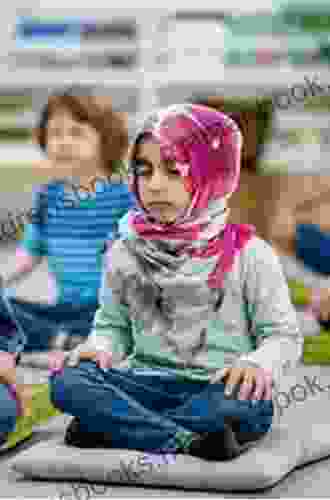
 Tom Clancy
Tom ClancyReading Wellness: Lessons in Independence and Proficiency
Reading is a fundamental skill that can...
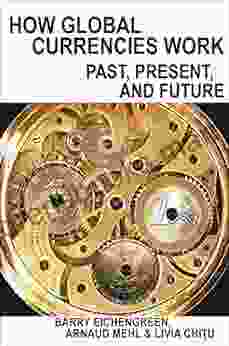
 Brody Powell
Brody PowellHow Global Currencies Work: A Comprehensive Guide to...
Overview of...
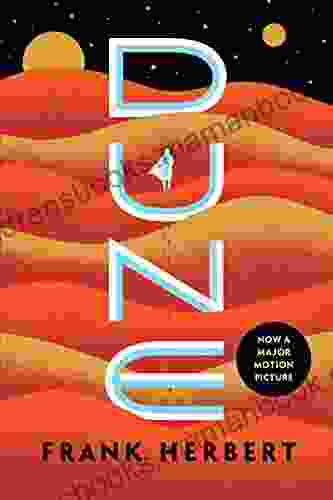
 Dwight Bell
Dwight BellDune by Frank Herbert: An Epic Space Opera That Explores...
Dune by Frank...

 Ronald Simmons
Ronald SimmonsAn Anthology of Early Plays (1858-1938): A Journey into...
: Uncovering...

 Dominic Simmons
Dominic SimmonsCulture in the Ancient World: A Comprehensive Exploration...
Culture is a complex and multifaceted concept...
5 out of 5
| Language | : | English |
| File size | : | 1681 KB |
| Text-to-Speech | : | Enabled |
| Screen Reader | : | Supported |
| Enhanced typesetting | : | Enabled |
| Print length | : | 199 pages |


